The XUV 300 (pronounced ‘3 double-o’) is a new compact SUV developed by Mahindra primarily for the local Indian market, following the success of the flagship SUV XUV500.
We had the opportunity of talking with Mahindra Head of Design Kripa Ananthan, who told us about the interesting development process behind the model.
The Mahindra design team was tasked to build on the XUV500 success and bring its qualities and design features into a different, highly competitive market.
Since the XUV300 is based on the Tivoli’s platform, the development required a tight collaboration with SsangYong’s design center, a first within the Mahindra & Mahindra Group.
Speaking about the main design requirements for the XUV300, Kripa Ananthan explained how the
compact SUV segment in India is characterized by the presence of already successful models from three major players, and by a very demanding customer base, so this proved to be a tough challenge right from the start.
Above: the XUV300 and the XUV500 models
In order to create a model that would meet clients’ expectations and replicate the XUV500’s success, Mahindra designers wanted to transfer the same core qualities and design DNA of the flagship: the XUV300 had to be tough, muscular and with a “go anywhere” attitude while maintaining a dynamic look that would appeal to younger customers.
The design inspiration for the 2011 XUV500 flagship SUV
For the 2011 XUV500 the design team took inspiration from the movements of a hunting cheetah, and the final exterior design was characterized by the distinctive muscular arches and the teardrop shapes in the DLRs – all styling elements that needed to be carried over to the XUV300.
Above: the SsangYong Tivoli provided the base platform for the XUV300
Another challenge was to adapt the Tivoli platform, which was lower and with smaller wheels, to be suitable for the Indian roads which need higher clearance, as well as to achieve the right overall proportions.
The platform was given bigger 17-inch wheels and new suspensions. To achieve a SUV-like look the exterior was made taller and shortened by adopting minimal overhangs, thus achieving a boxy, powerful shape which meets the tastes of Indian market.
In order to target a younger audience, particular attention was paid to the dynamic qualities and as a result the XUV300 is very fun to drive – a character that is underlined by several design elements – from the sleek DLOs to the dynamic look created by the rising beltline and a matching descending roofline.
The interior design was designed to reflect the same qualities of the exterior – solidity, capability, practicality, while at the same time offering passengers a high level of comfort and a very good level of finish quality, with almost-premium materials that show the influence of the XUV500 project.
The main design feature is the two-tones strong contrast that characterizes both colors – with a light-grey / black scheme – and textures, with different grains and levels of glossiness that offer a variety of tactile qualities.
Above and below: key interior design sketches
The center console expresses a sense of importance and commanding presence typical of SUVs
The overall development process was particularly challenging due to the fact that the development time frame was reduced by about one year compared to the usual processes.
Kripa Ananthan explains “It was a very fast program, so we had to converge rapidly and we could not spend too much time in the advanced design stage.”
“Having these time constraints created a tension which led to the best ideas even if for some specific areas – like the rear end design with its strong graphics – we had to work very hard to achieve the desired result.”
Collaboration between Mahindra SsangYong’s Design Studios
The adoption of the Tivoli’s platform required the involvement of the SsangYong Design Studio and this led to a new, unique form of collaboration.
“As Chief Designer I leverage the strength of the design team, but at the same time I acknoweledge the expertise from the immense capability of the SsangYong design team, in order to create the best product for our customers.”
“Mahindra brought to the table the brand’s core values and the deep knowledge of the local market; the SsangYong team of designers with their international experience and sensitivity offered invaluable insights on how to communicate the model character and how to add nuances that appeal to international customers.”
The collaboration also brought up some unexpected, interesting challenges, due to the cultural differences and the communication done in a common yet non-native language.
For example when discussing the core values of the project, the Korean team gave the word “Flamboyant” mentioned in the Mahindra’s brief a different meaning.
Kripa explains: “As designers, however, the solution was to just communicate through mood boards, using the universal language of images and the emotions they evoke.”
The collaboration made extensive use of modern digital tools, especially to synchronize all the project data, which allowed the two design studios to work on the project in parallel, while design reviews were done remotely using virtual reality.
The Mahindra Design Team led by Kripa Ananthan
The SsangYong Team
This collaboration also led to a reciprocal influence and design language convergence which reflects the fact that the differences between Indian and International tastes are reducing more and more.
As a result, the XUV300 marks an important step and offers some hints about future models of the Group.
(Image Courtesy: Mahindra for Car Body Design)

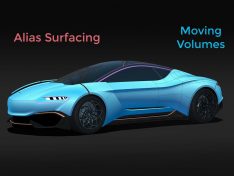
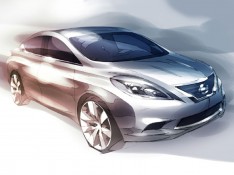






















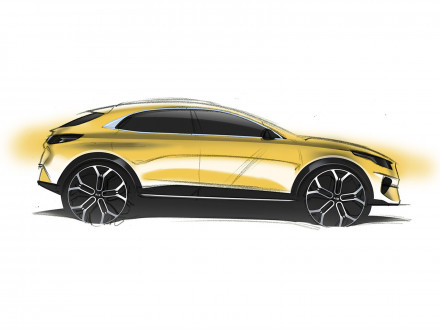
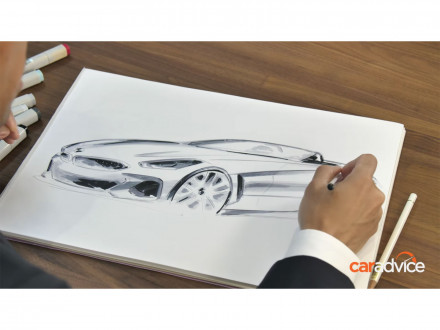
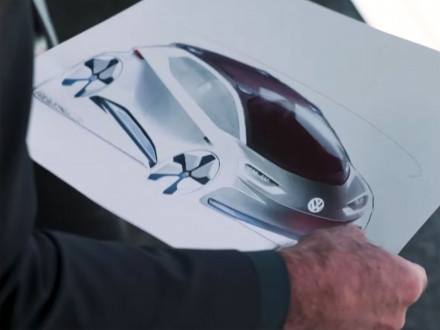








Interesting story, may XUV 3OO be even more successful than XUV 5OO!